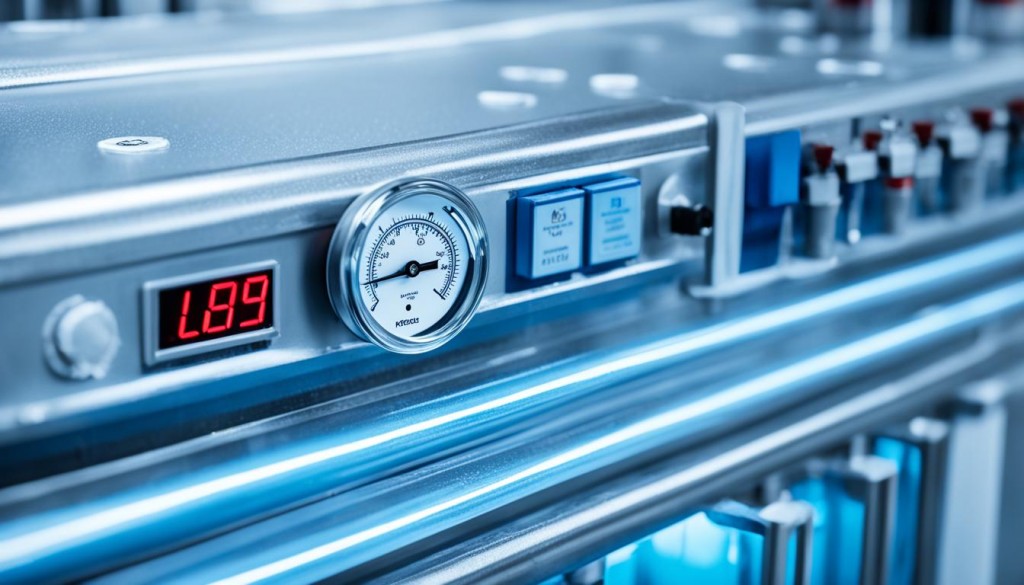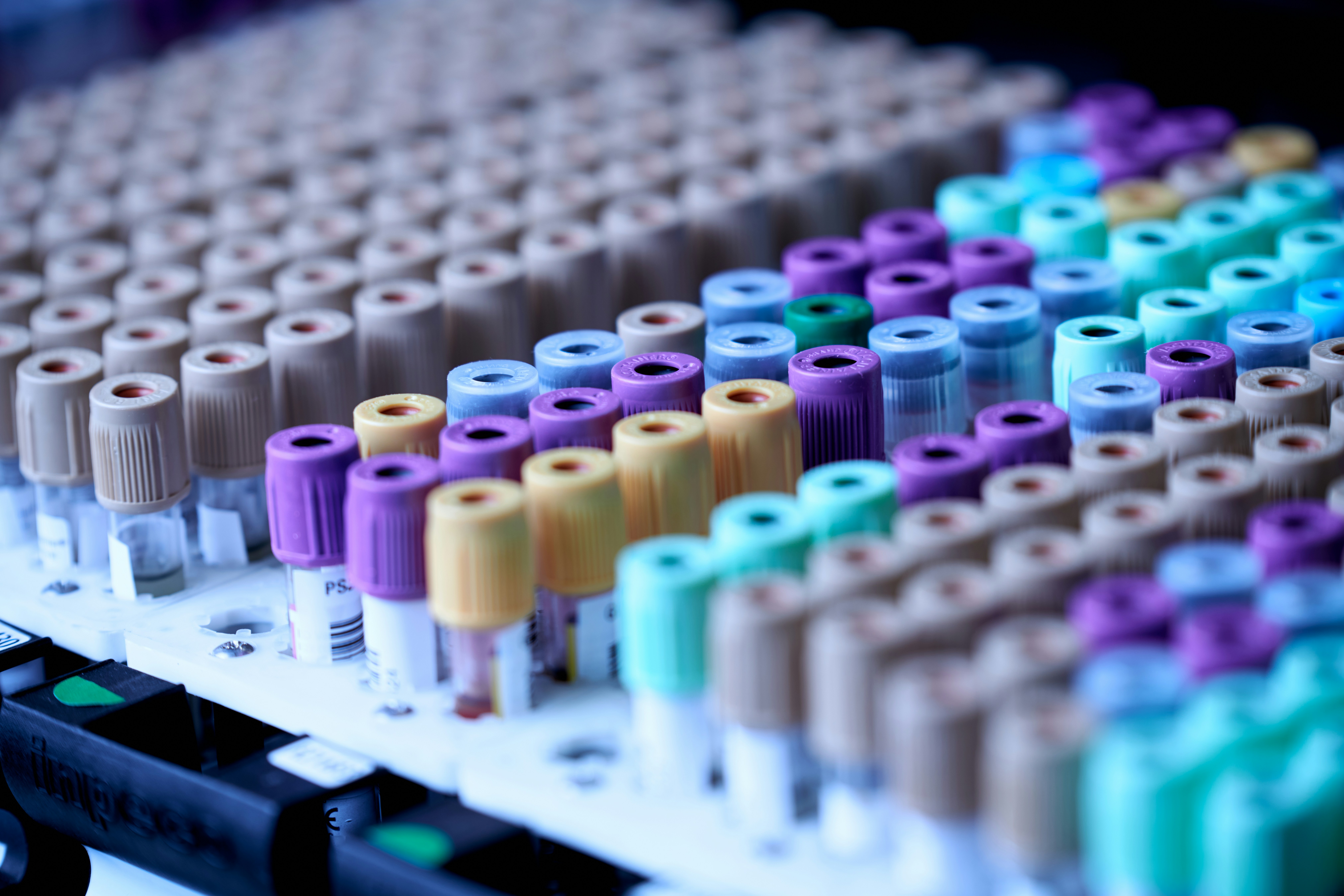July 28, 2025
The mastery of the Controlled temperature is essential for businesses working with sensitive products. It is crucial for the regulatory compliance And the product quality. The temperature-controlled transport raises specific challenges to ensure the consumer safety.Many businesses are having difficulty complying with current standards. Regulated technical training is often expensive and not very effective. This is where Sinfony provides a solution with an innovative approach.Sinfony offers a digital training solution combined with support in the field. This method of Blended Learning allows all employees to be quickly trained in Good practices, at a lower cost. It meets the needs of businesses in terms of compliance and quality.
La Controlled temperature is essential for business compliance. It guarantees quality and security products. The mastery of thermal control is crucial for complying with standards and avoiding health risks.
Controlled temperature consists in precisely regulating the heat in a space. It is particularly important for the transport and storage of sensitive products. The objective is to maintain a constant temperature to preserve the goods.

Businesses are subject to strict regulations on thermal control. These standards ensure the consumer safety And the product quality. Non-compliance can lead to severe penalties and damage reputation.Sector/Regulation/Regulation/Temperature required/Agro-food/HACCP0°C to 4°C/pharmaceutical/BPD2°C to 8°C.TransportATP-20°C to 12°C
La temperature regulation is crucial for the security products. One thermal control Rigorous care is essential to prevent the proliferation of bacteria. This preserves the properties of the goods and protects the health of consumers.
“Controlled temperature control is a pillar of security food and pharmaceutical.”
Faced with these challenges, Sinfony offers innovative digital training. They allow companies to quickly train their teams to best practices thermal control. This Blended Learning approach combines online learning and field support for optimal compliance.
The deal ATP is crucial for the international transport of perishable goods. It ensures food safety and product quality. This is vital throughout the cold chain.
The ATP imposes strict standards for refrigerated transport. It requires a Technical compliance certificate for vehicles. This measure ensures the right temperature during transport.
The temperature-controlled transport concerns several categories of products:
Vehicles must meet specific criteria:Criteria/Requirement/Thermal insulation/Thermal insulation/K-Coefficient: less than 0.4 W/m²K/Refrigeration capacity:Adapted to the volume and nature of the productsMonitoring systemContinuous temperature recordingContinuous temperature recordingCompliance with these requirements is crucial to obtain certification. ATP.It is essential for international transport of perishable goods.To get there, Sinfony offers off-the-shelf digital training to master these regulations. They ensure that you know how to drive a refrigerated transport compliant and secure.

Controlling controlled temperature requires cooling systems cutting edge. These technologies guarantee a heat dissipation effective. They keep products at the ideal temperature. Current solutions incorporate the heat transfer And a thermal design innovative.

Each technology offers unique advantages in terms of performance, autonomy and cost. The choice depends on the specific needs of the application. Energy efficiency has become essential in the selection of equipment. Recent innovations aim to improve the air conditioning And the airconditioning. Manufacturers are developing connected solutions for better control. Artificial intelligence makes it possible to refine thermal regulation in real time.TechnologyBenefits/DisadvantagesRefrigeration unitHigh power, reliabilityHigh consumptionEutectic platesAutonomy, silenceLong regeneration timeCryogenicsFast coolingHigh operating costFaced with technical complexity, Sinfony offers digital training on best practices. This approach makes it possible to train employees effectively at a lower cost. It ensures compliance with current standards.
It is essential to follow best practices to comply with industrial standards And the pharmaceutical compliance. These practices help to optimize the energy of buildings while ensuring a quality control strict.
A continuous monitoring system is vital to maintain a stable temperature. It makes it possible to quickly identify discrepancies and take action before the situation worsens. This proactive method improves energy efficiency and meets standards.
Staff training is fundamental to good practices. Sinfony offers a Blended Learning solution, combining online training and field support. This method ensures effective training in thermal control procedures, increasing compliance.
Effective incident management is critical to compliance. It requires clear protocols and a quick response to deviations. Corrective actions should be documented to improve energy management processes.
Controlled temperature makes it possible to precisely control and regulate the temperature. This concerns the transport, storage and handling of sensitive products. This is vital to ensure the quality, safety and compliance of these products.
Complying with controlled temperature regulations protects consumer safety and product quality. Numerous standards govern the transport and storage of sensitive products. This includes perishable foodstuffs, pharmaceuticals, and biological materials.
The ATP (Agreement Relating to the International Transport of Perishable goods) is crucial for the international transport of perishable foodstuffs. Regulations such as Good Manufacturing Practices (GMP) for pharmaceutical products also regulate temperature control.
Affected products include perishable foodstuffs, pharmaceutical and medical products, and some biological materials. Maintaining an adequate temperature is essential for their quality and safety.
Temperature-controlled transport concerns the transport of foodstuffs and other goods that require strict temperature control in order to maintain their quality and safety.
For the transport of perishable goods, it is crucial to maintain a temperature inside containers of at least -18°C, in order to guarantee the safety of food products.
International transport requirements state that temperature-controlled transport must meet specific standards, in particular with regard to transport time and temperature inside, in order to maintain the quality of the goods.
To ensure that the temperature is maintained throughout transport, it is essential to use appropriate isothermal equipment and to continuously monitor the temperature inside the containers.
The types of goods that require temperature-controlled transport include foodstuffs, pharmaceuticals, and other temperature-sensitive items that must be transported without load interruption.
The transport of food without temperature control can lead to risks such as product deterioration, contamination, and food safety issues, which can have serious consequences for public health.
Businesses can comply with international transport agreements by ensuring that their transportation practices meet set temperature standards, using appropriate equipment, and training staff on best practices.
It is important not to have a load break during transport under controlled temperature as this can compromise the temperature inside the container and cause food to deteriorate, which can affect product safety.
Equipment used for temperature-controlled transport includes refrigerated trucks, insulated containers, and temperature monitoring systems that help ensure that the temperature is maintained in accordance with regulatory requirements.
Des formations conçues par des experts métier, régulièrement mises à jour pour coller aux exigences terrain. Découvrez nos modules les plus suivis et les mieux notés par les professionnels.

Formation complète sur les Bonnes Pratiques de Fabrication (BPF) adaptée à votre profil professionnel dans l'industrie pharmaceutique et vétérinaire.

Maîtriser les techniques et les procédures essentielles.

Les procédures essentielles d'hygiène et de sécurité pour le personnel...